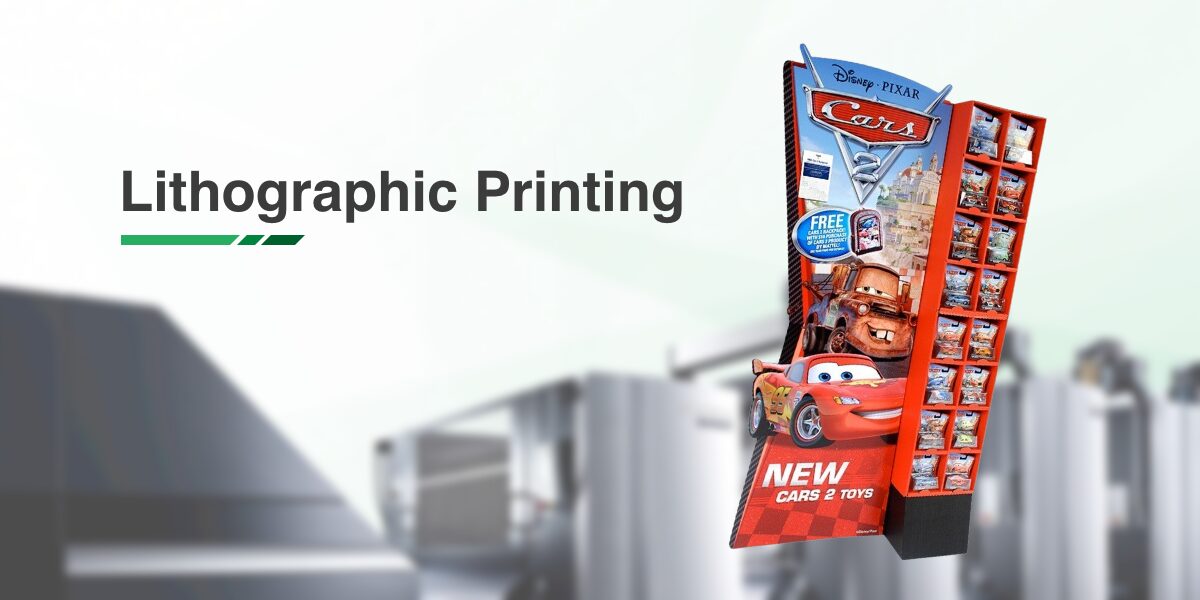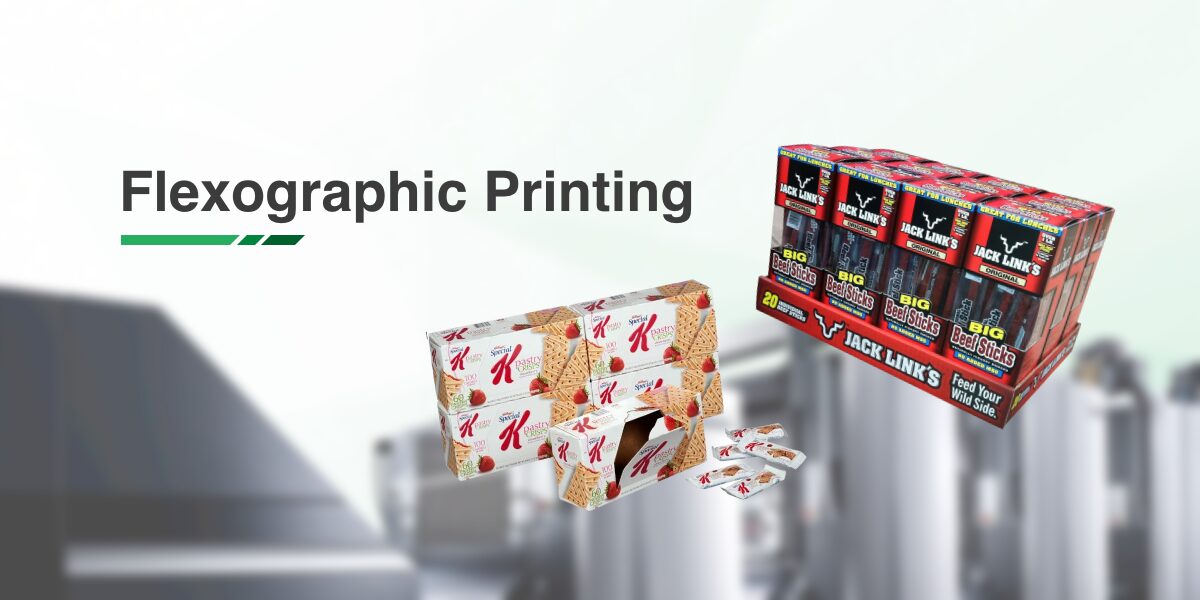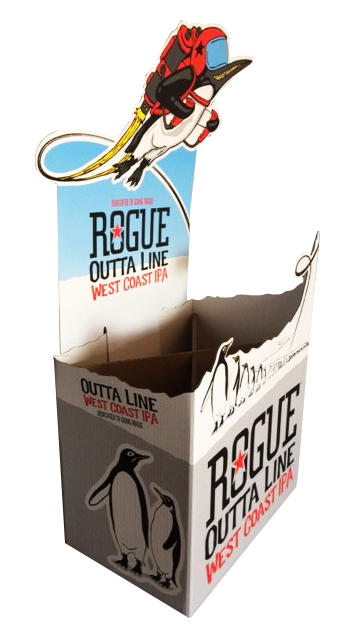The average human attention span is only about 8 seconds long, down from about 12 seconds in 2000. For businesses, this means you may only have a handful of seconds to catch someone’s eye before they breeze past your display and you lose the opportunity for a sale.
Eye-catching displays can encourage them to slow down a little and give you enough time to entice them to buy. The important part is choosing a display printing method that meets both your time and quantity needs. Let’s take a closer look at some of the more common display printing methods and how they might help you move closer to your sales goals.
Lithographic Printing
Lithographic printing, also called offset or litho printing, was invented in 1976. It works by transferring the image to a plastic or metal plate, then covering that plate with ink. Then the image gets transferred to a rubber sheet which can apply the final image.
It is commonly used for mass-produced items such as packaging, books, magazines, newspapers, and posters. It’s easy to use litho printing to create an exact image, and this system is perfect for creating large orders. If your display includes paperwork or pamphlets your customers can take home with them, litho printing might be one of your best options.
Flexographic Printing
Flexographic printing, also known as flexo printing, dates back to 1890 when the first patent was filed. It works by applying an image directly to a flexible plastic or rubber relief plate. The plate can then be coated with ink and applied to the final surface.
It is a popular choice for labels, packaging, and items that feature repetitive patterns, such as wallpaper or wrapping paper. It’s useful for a range of different mediums and can be easily applied to even or uneven surfaces. It is a very budget-friendly option, making it ideal for companies that might be working with a strict budget or unique materials.
Digital Printing
The introduction of the computer and home printer changed the way many companies look at display printing methods. Digital printing became popular in the 1990s, but it is often limited in both size and application. It’s ideal for small orders and works best for things like labels, posters, and signage.
Digital printing works by taking the image and sending it from the computer to the printer. The printer then applies the ink in pre-programmed patterns to the paper or other substrate used for the final display. Digital printing is one of the most popular types of display printing to date.
Choose What Works Best for You
Effective printing solutions can make shopping fun while also presenting useful information. Don’t choose your printing method on a whim, though! Use this guide to help you create a quality final product. Contact Creative Displays Now by calling us at 1-866-244-2214 to get started on your digital printing project today!






